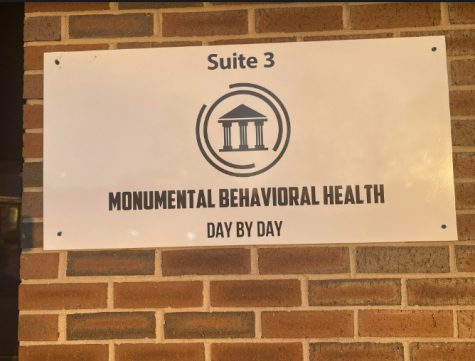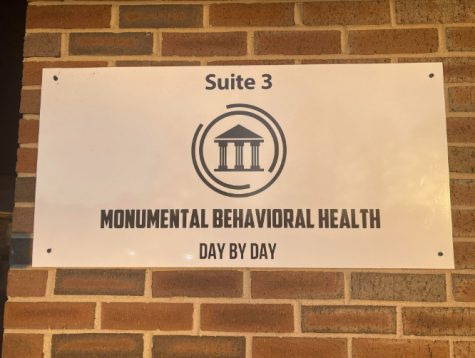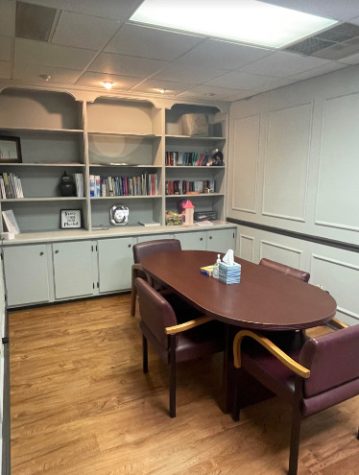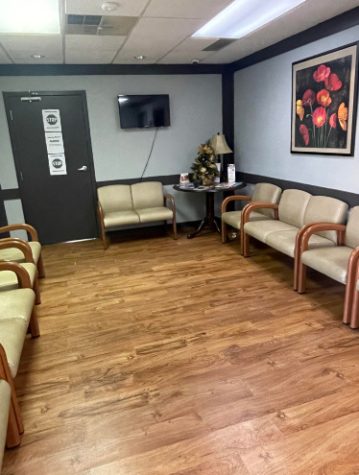Impacts of Therapy

The office of Doctor Kim, where patients sit with her.
December 7, 2022
Throughout history, mental health and therapy have slowly gotten more media attention. Therapy is collectively known as the first step to getting help with mental health issues. People go to therapy for a variety of reasons, including coping with the challenges life throws at them, keeping mental health, dealing with times of crisis and receiving initial diagnosis of possible mental health disorders.
Therapy began in 1900, when Sigmund Freud published his first book, “An Interpretation of Dreams.” In this book, Freud introduced the idea of dream interpretation, analyzing one’s brain and looking further into what dreams and thoughts could mean. This forwarded the interest in exploring the brain and understanding what certain types of thoughts could mean.
Around 1950, behavioral psychology began to treat emotional issues and added emphasis of thoughts and cognitive behavior in therapy. Counseling as a profession emerged greatly in response to movements for social reform.
Modern day psychology is a popular occupation and therapy is very accessible to a larger array of people. The U.S. Bureau of Labor Statistics predicted that employment for psychologists will grow by 19 percent between the years 2014 and 2024.
This increase in people interested in the field of psychology also increases how many people can get professional help. Not only are there more people pursuing the career, but there are also more accessible avenues such as online therapy. Services such as Better Help make therapy easier for the average person to receive.
Talk therapy helps people get all of their thoughts and feelings out to a person who is there to listen. It also helps that the therapists they are talking to can offer advice or a diagnosis on what is causing the thoughts that are burdening a person. Releasing negative feelings and therapy can benefit anyone. This includes people who do not have any mental health diagnoses and just need a good way to get stress out.
One important thing in therapy is making sure that there is a comfort between a therapist and a patient.
Dr. Adam Horvath, a professor at Simon Frasier University and expert on the relationship between a therapist and their patient said, “A little over half of the beneficial effects of therapy accounted for [in previous research] are linked to the quality of alliance.”
If a patient is not comfortable and does not trust their therapist, they will get much less out of the therapy.
According to healthline.com, therapy can be the best option for some people; however, for others, therapy can potentially be detrimental to the patient. Therapy can cause worsening symptoms, dependency on therapists, or a fear of exploring new avenues of help. Some people just have trouble trusting outside people. Many times these symptoms are due to a therapist not fitting for the patient seeking help.
Therapy is known as a source of help for mental health issues. The therapist and patient must fit each other and build a sense of trust. Therapy may not be the best avenue for every person, but it is always an option to try and see if it could possibly help.








